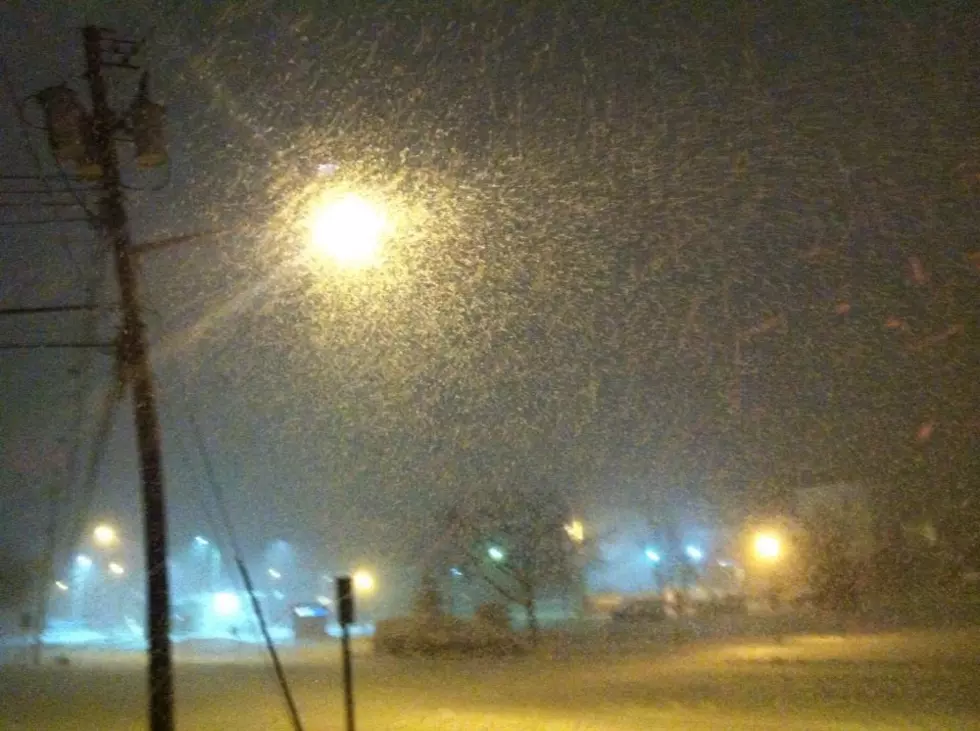
Where Will the Heaviest Snow Fall in a Storm?
You can determine where the heaviest of the snow will fall in a snow storm from specific aspects at different levels of the atmosphere.
At the surface, heavy snow falls 1 to 4 degrees latitude to the left of the low pressure track. 1 degree latitude is equivalent to 60 nautical miles or 11 kilometers or 69 statue miles.
When a low pressure system deepens, meaning the central surface pressure will lower, it will cause snowfall rates to be higher.
The 850 millibar Law
850 millibars is about 5,000 feet or 1,500 meters above the surface. The rain-snow line is somewhere between 75 miles to the left and 50 miles to the right of the low pressure system track.
Heavy snow is usually located 75 to 225 miles to the left and 350 to 1000 miles downstream. In this region of heavy snow, there will be more snow accumulations where the -5 degree isotherm bisects the region.
Colder temperatures normally increases the snow to liquid ratio. The average ratio is 10 to 1, meaning 10 inches of snow is equivalent to 1 inch of rain.
500 millibar is about 18,000 feet or 5,600 meters above the surface. A 500 millibar map shows absolute vorticity and where the vorticity maximums are located. Vorticity is the measure of air rotation. Heavy snow is usually located along the 534 decameter line on a 500 millibar map.
Snow Growth Zone
Fluffy dendrites provide the best type of snow to have significant snow accumulations.
A high snow to liquid ratio can be caused by either temperatures between -18 and -12 degrees Celsius in the clouds where the dendrites form, strong upward vertical motion, or sufficient moisture in the atmosphere.
Other methods or techniques to forecasting heavy snow are the Garcia Method which uses an isentropic analysis, Cobb Algorithm which uses deterministic snow ratio, and Roebber Technique which uses probabilistic snow ratio.
